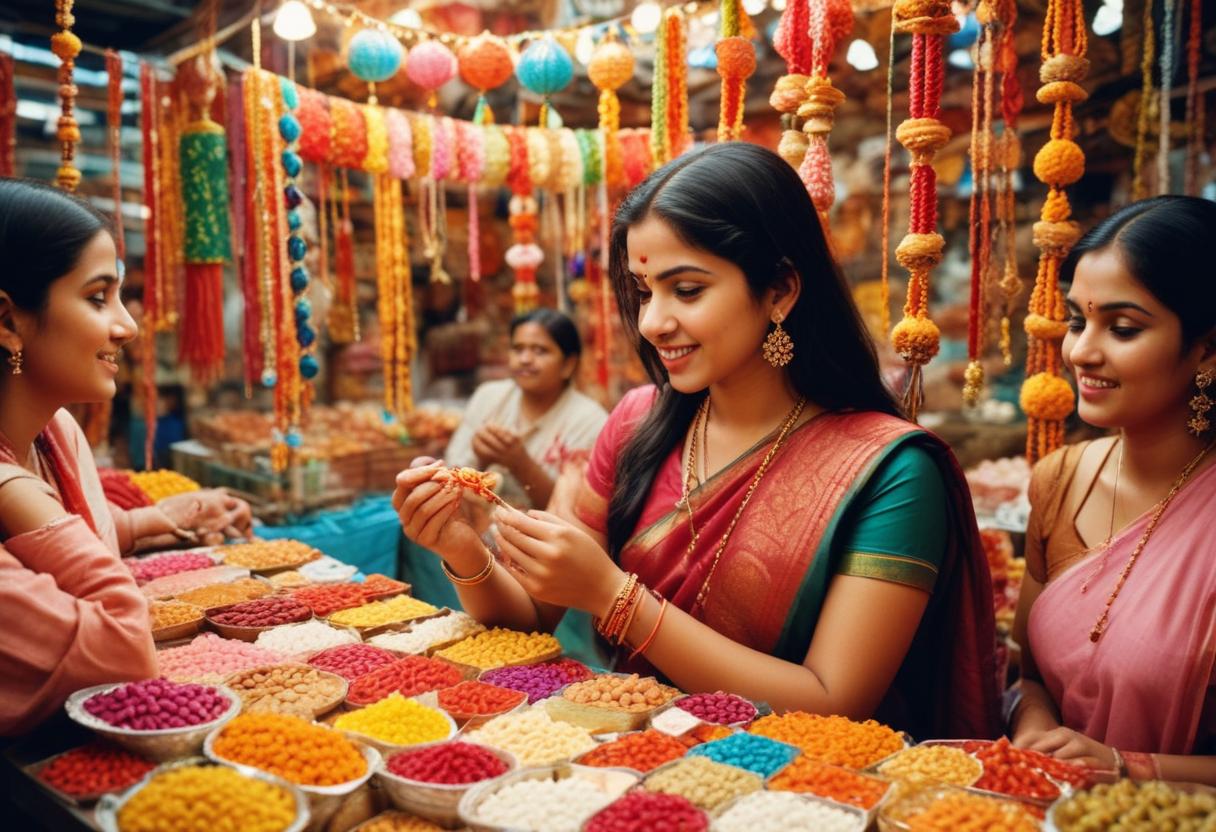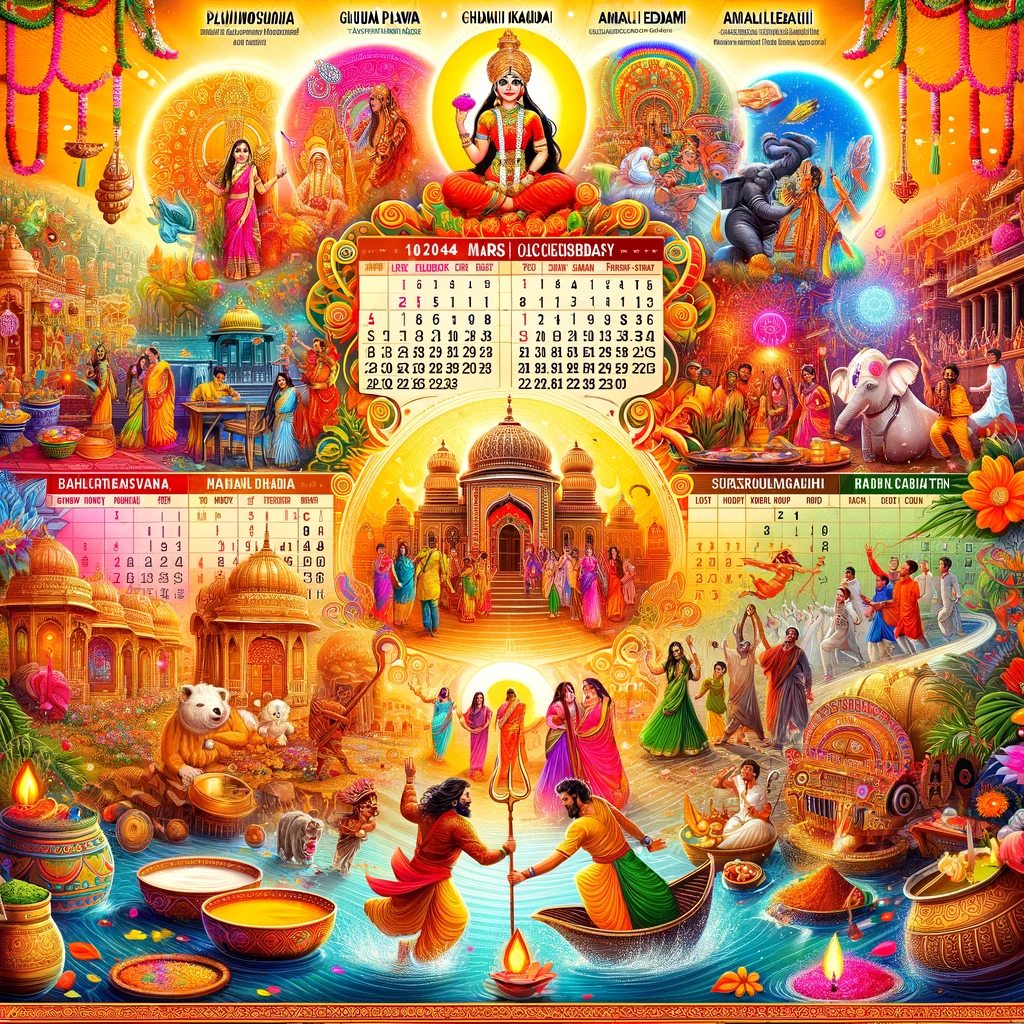
Rakshabandhan: The transition from mythology to the digital age
Draupadi and Krishna: Among all the legends known to be related with Raksha Bandhan, the best-known story dates back to the period of Mahabharata. Once, Lord Krishna accidentally hurt his finger in a fight, Draupadi, the wife of the Pandavas, cut a piece from her saree and bound his finger to stop the bleeding. When Draupadi offered Krishna her saree, he vowed to protect her from harm as and when the need may arise and indeed he did so when Draupadi was humiliated in the court of the Kauravas.
Rani Karnavati and Emperor Humayun: Rani Karnavati of Chittor and Humayun: A monarchy of medieval India has been considered the epitome of Raksha Bandhan that can even obliterate the baronial line between the Hindus and the Muslims. Soon Chittor was threatened with invasion by Bahadur Shah of Gujarat and Rani Karnavati, the widow of the ruler of Chittor, sent a ‘rakhi’ to Humayun asking for his protection. Moved by her plea, Humayun, followed by his troops, reportedly marched to her rescue, but could only reach the last few days of the siege of Chittor.
Yama and Yamuna:There is another folklore of Raksha Bandhan which is the story of Yama – the lord of death and his sister Yamuna. In the story, Yamuna made a rakhi from her hair thread and tied it on Yama, as a result, Yama offered her life-immortality. He was so much touched by her affection that he declared any brother who receives rakhi from his sister would have a long and healthy life and the sister would lead a life of protection and love from her brother.
Modern Day Significance of Raksha Bandhan
Broader Interpretation
In modern society, Raksha Bandhan is not limited to just the bond between brothers and sisters. It’s a celebration of any relationship where one person pledges to protect and care for another. This could include cousins, close friends, and even those who consider each other family despite not being related by blood. The rakhi itself has also taken on new forms, with eco-friendly, personalized, and even digital rakhis becoming popular.
Gender Inclusitivity
The festival has also evolved to where sisters tie rakhis to sisters, brothers to brothers, and the actual theme is safeguarding one another instead of just the promise from the brother to the sister. This transition is also in line with a new way of perceiving equality and balanced distribution of responsibilities of the members of a family or a society.
Long distance Rakhi
In the case where siblings are separated by distance, it is now common that celebrations be done virtually. Girls are now capable of sending rakhis through online sites and the calls can now be conducted virtually so that they can tie the rakhi on the brothers wrist. This digital interaction, I have to note, does not feature a physical embodiment; however, it has all the emotional attributes of this ritual.
Digital Gifts and E-Cards
Like any other aspects of this festival, even the aspect of gift giving has no exception and has also gone digital. Internet shops provide a vast choice of gifts which can be delivered to the recipient’s house. Also, e-cards and m videos are often used to show appreciation where people prefer sending virtual greeting cards or even videos of them telling their beloved ones ‘I love you’.
Social Media and sharing the celebration
Social media is found instrumental in Raksha Bandhan celebration. It has become common to hear siblings share pictures, videos and messages on Instagram, facebook or whatsApp among others and hence, the creation of a virtual space where the excitement and importance of the festival can be conveyed to many people.








